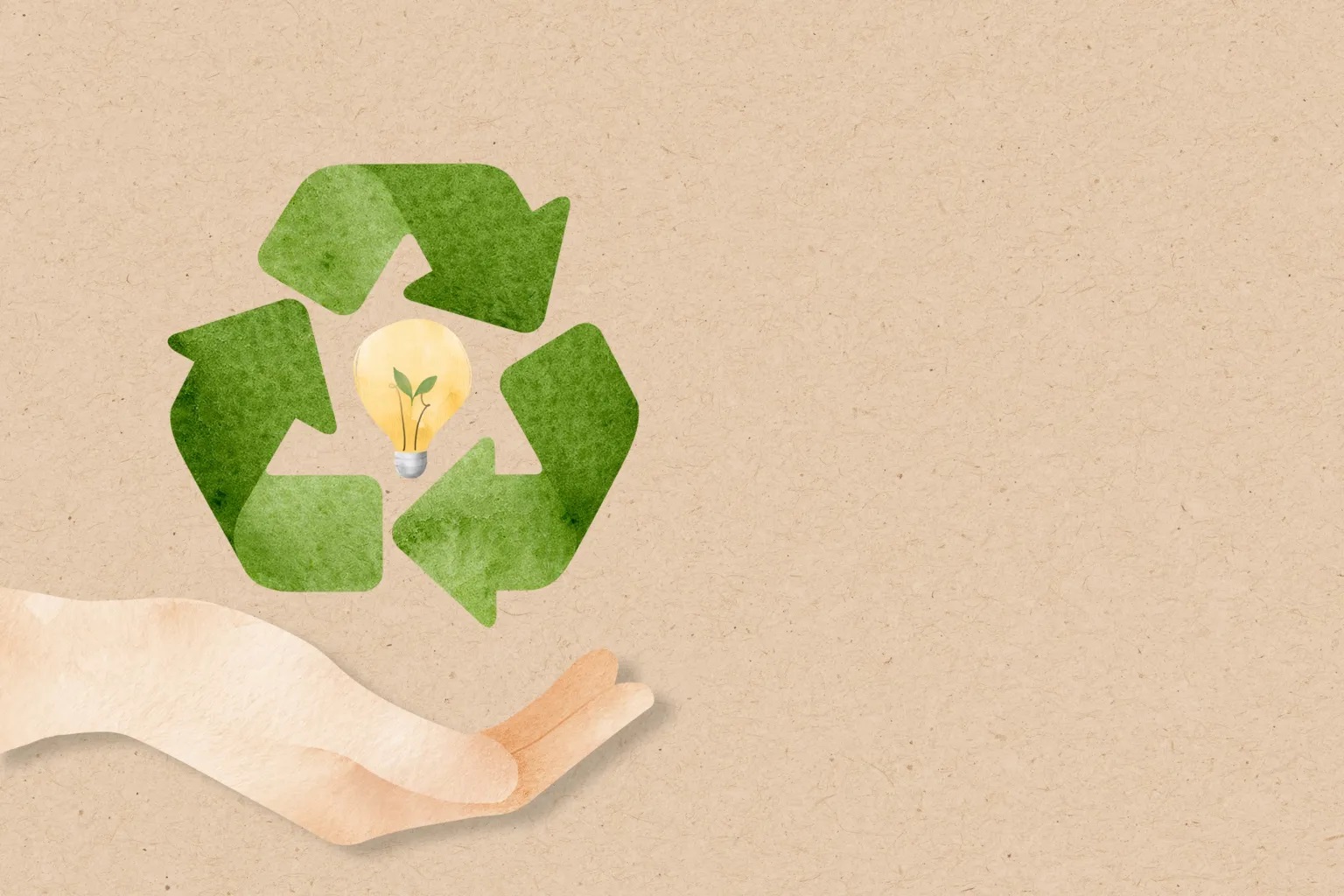“Sustainable for me is a process of daily living with the earth in mind”
Sustainable living is a practical philosophy targeted at decreasing personal and societal impact on the environment by making positive changes that counter global warming and other harmful environmental concerns, to put another way, sustainable living is a way to lower one’s “carbon footprint.” I personally believe that if every single person took small efforts toward sustainable living, it would make a massive difference for future generations; even if I started with only a water bottle or a toothbrush. I cut down on my use of plastic and now use steel straws, wooden toothbrushes, menstrual cups, reusable makeup pads, clay/steel bottles, and shampoo and conditioner bars instead of shampoos and conditioners bottles. Taking an intentional look at our everyday actions, I believe, is the first move towards living more sustainably. This might be how we commute to work, what we spend with our money, or how we use our free time. And we’ll examine what small changes we can make to better care for our planet, our colleagues, and our global community. Small actions like these can work together to make the world a more just, equitable, and sustainable place for all of us, not just some of us. Remember, living in a more “sustainable world” can begin with just one action: use far less, offering more, or relating with others. The greatest driver of natural corruption is the way that we’re consuming all the natural resources at an unreasonable rate, and hence our creation of products is expanding. This is in many cases a consequence of monetary development – from well-off Westerners to developing abundance in the creating scene. We want to track down ways of thriving on our planet and utilize its natural resources more reasonably to help ourselves and people in the future. People are more attracted to fast fashion that does not make sense. They should try and stick to more evergreen and basic fashion to promote the environment.

According to the Menstrual Health Alliance India, one sanitary pad could take 500 to 800 years to decompose because the plastic used is non-biodegradable and can cause health and environmental problems. Because 36% of menstruating women use sanitary napkins, their environmental impact is huge. The majority of these pads are made up of over 90% plastic, and each pad is the size of four plastic bags. The Ministry of Drinking Water and Sanitation (MDWS) data on menstrual waste management shows that 28% of such pads are thrown with regular waste, 28% are tossed in the open, 33% are buried, and 15% are openly burned. In a world where every woman’s menstruation is safe, Measures should be taken because this may cause more damage to the environment every other day. The pads should be replaced by reusable ones, or else we could switch to menstrual cups by creating awareness campaigns. This would bust a lot of myths and make our future wonderful. Sustainable living is not only about making things good for us; it’s all about thinking of our future generations so that they can enjoy nature’s benefits as we are doing. There are many people aware of this, but it won’t be practiced if we don’t start it. The environment we are living in would be ruined and our home earth would not be as beautiful as it is now. Young people should practice sustainable living, if not fully, then at least to the small extent of reducing our carbon footprint. I hope we show our humanity to the environment.

These are the pictures of my journey towards sustainable living
Go green thank you.









